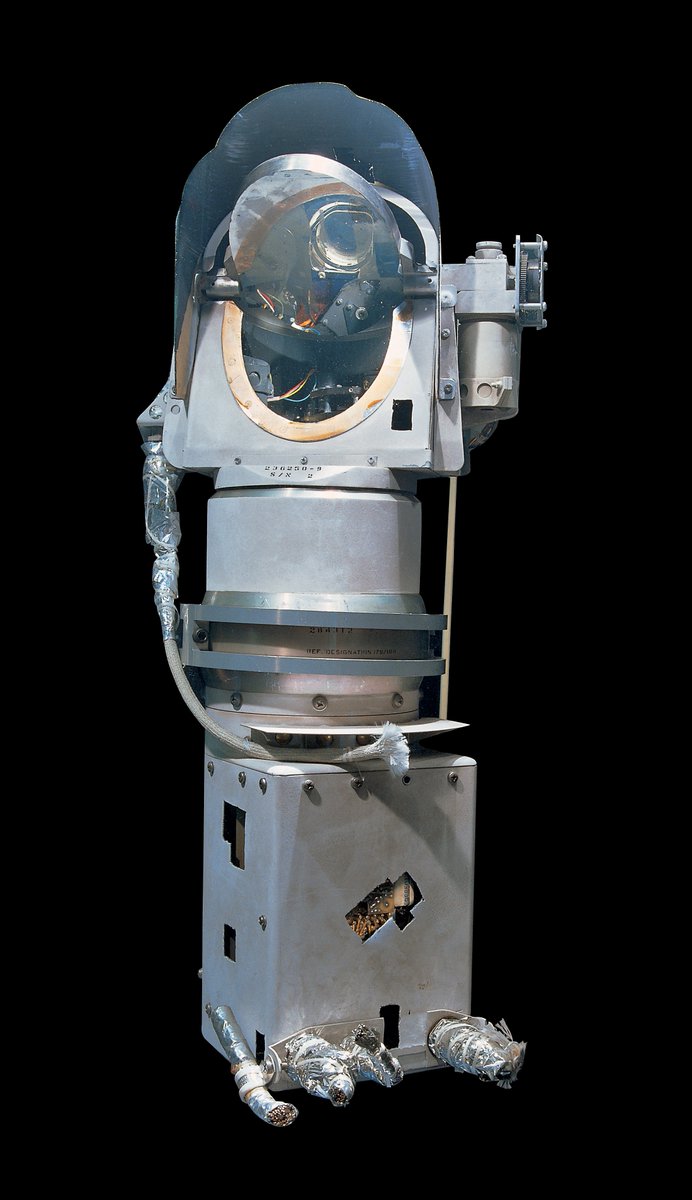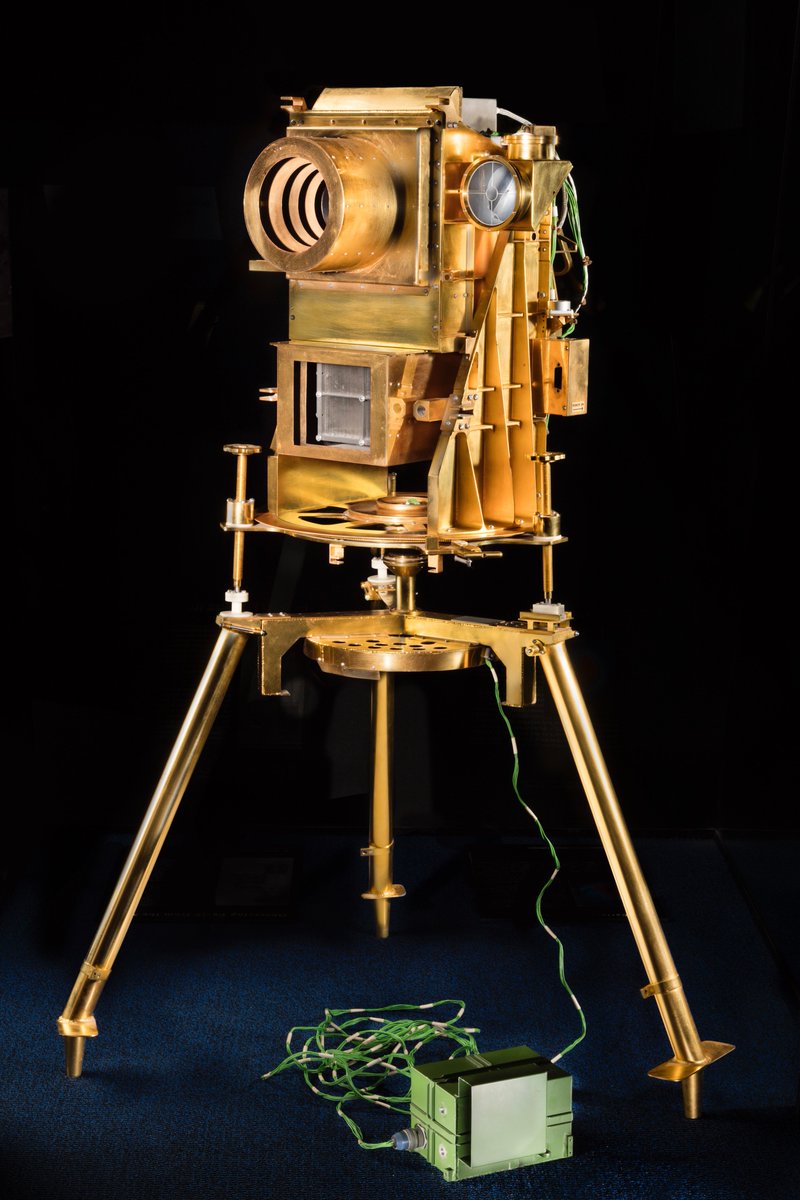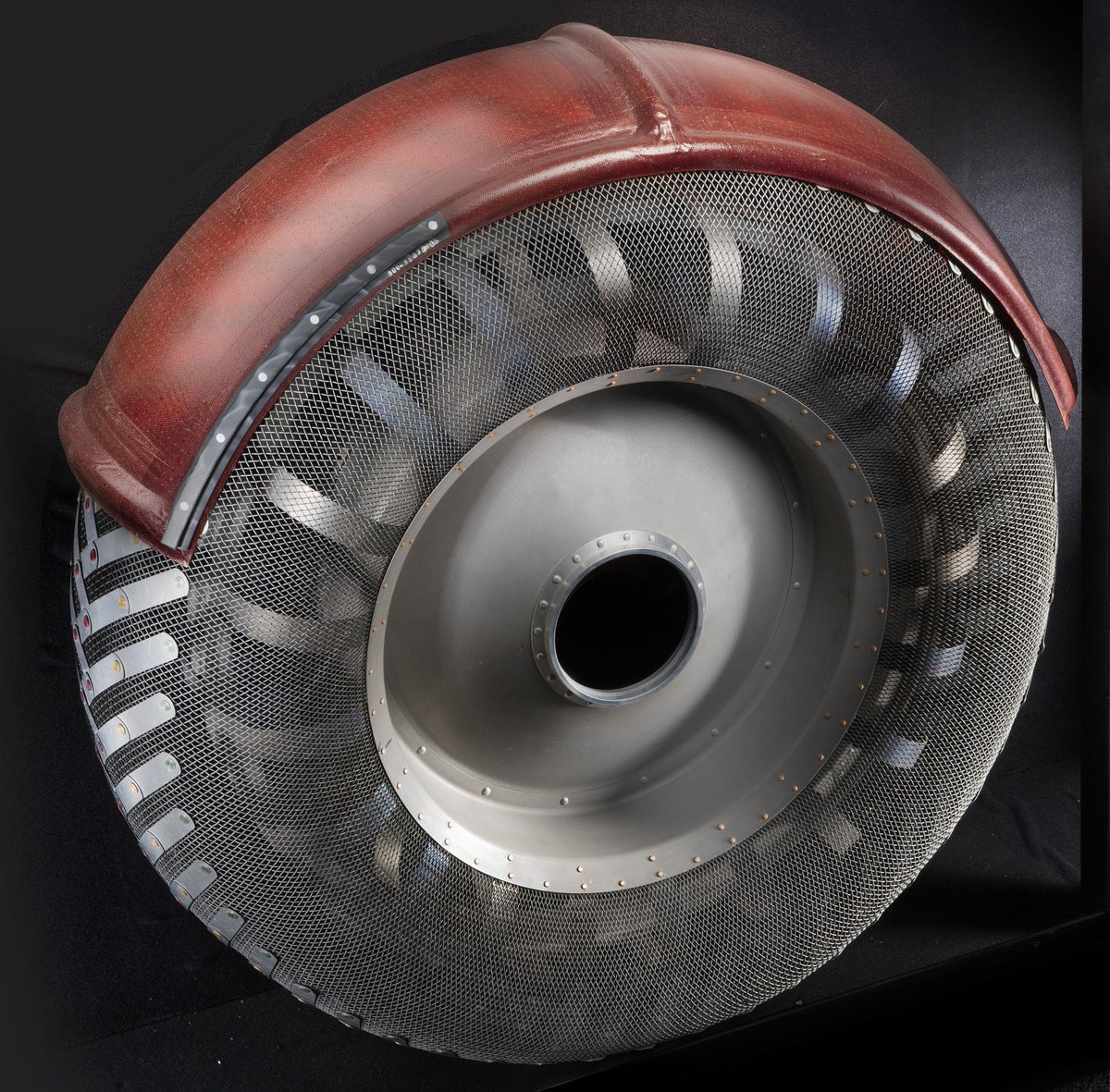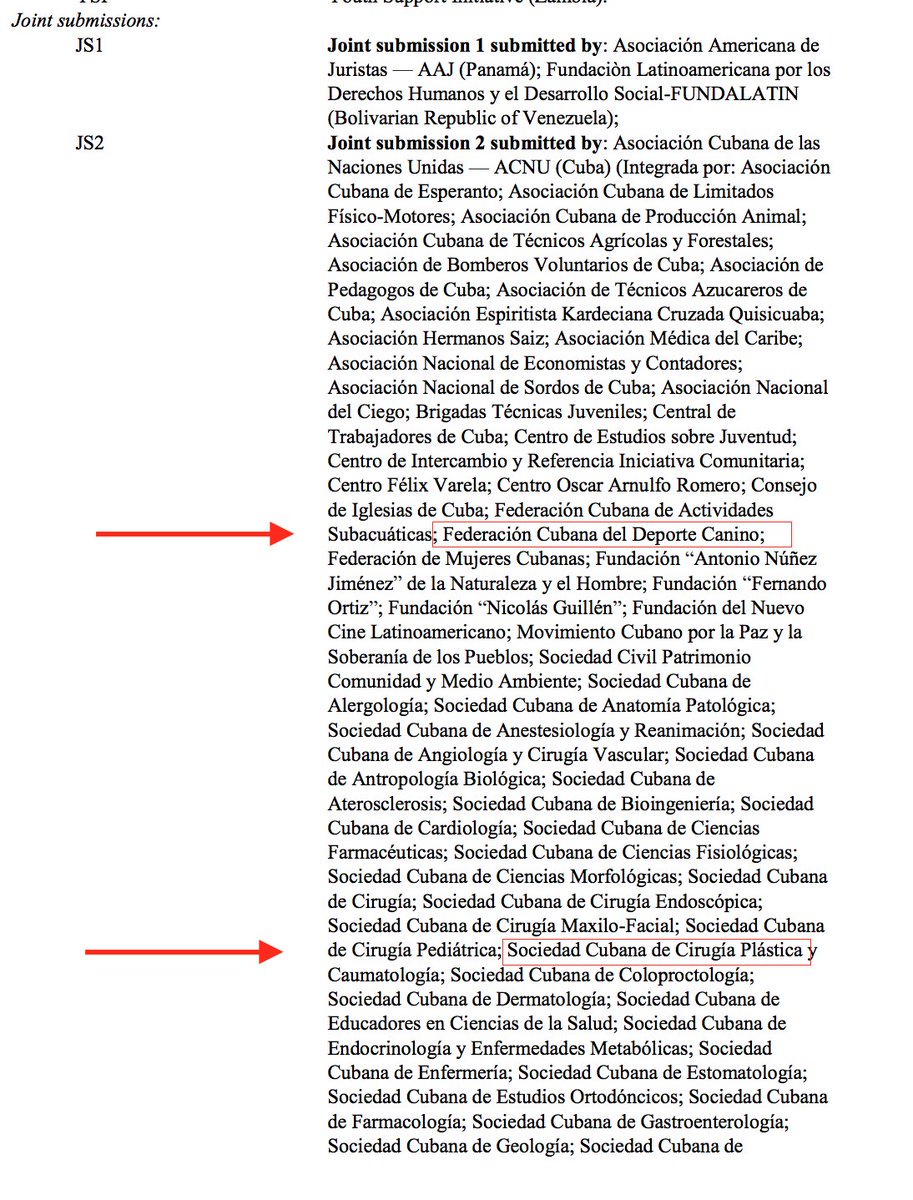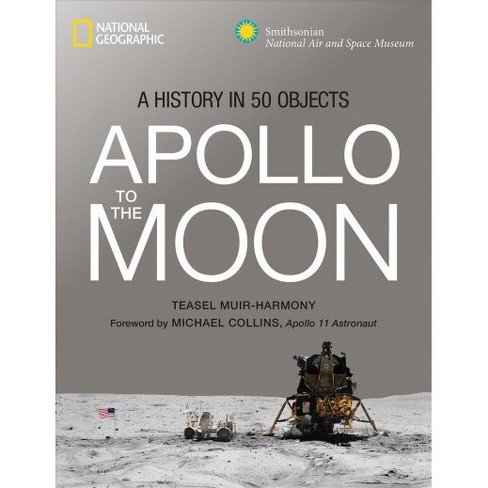
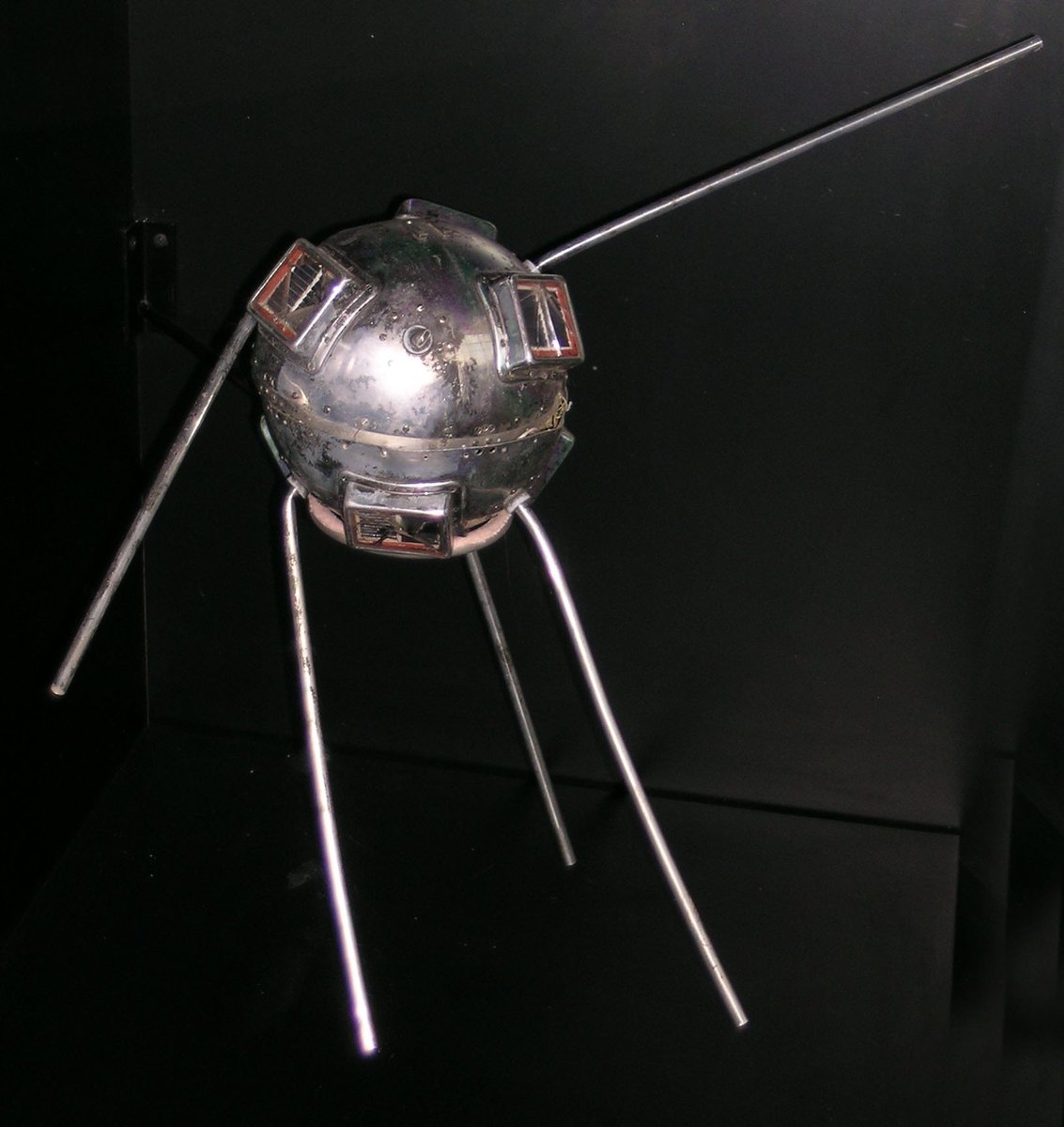
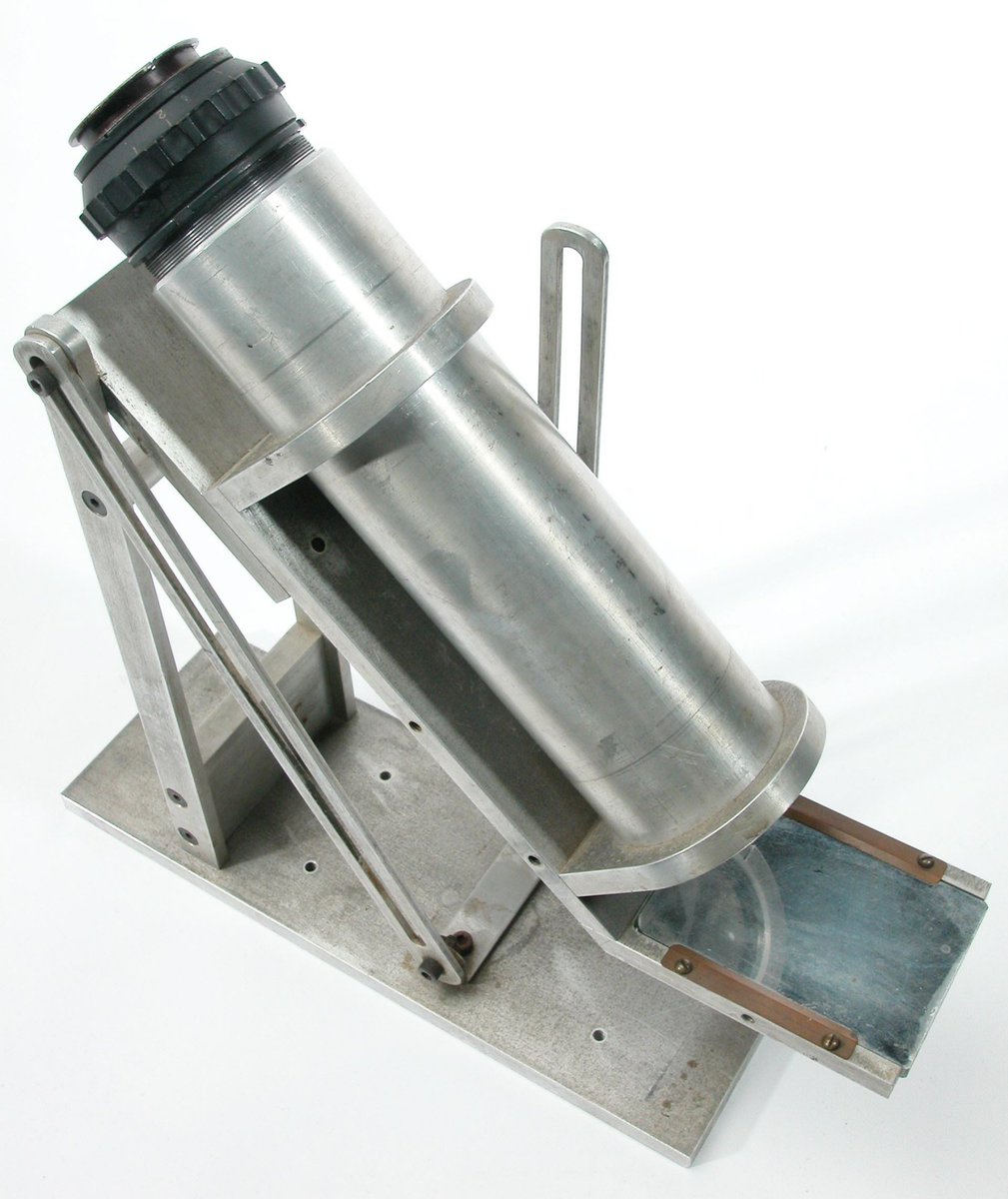
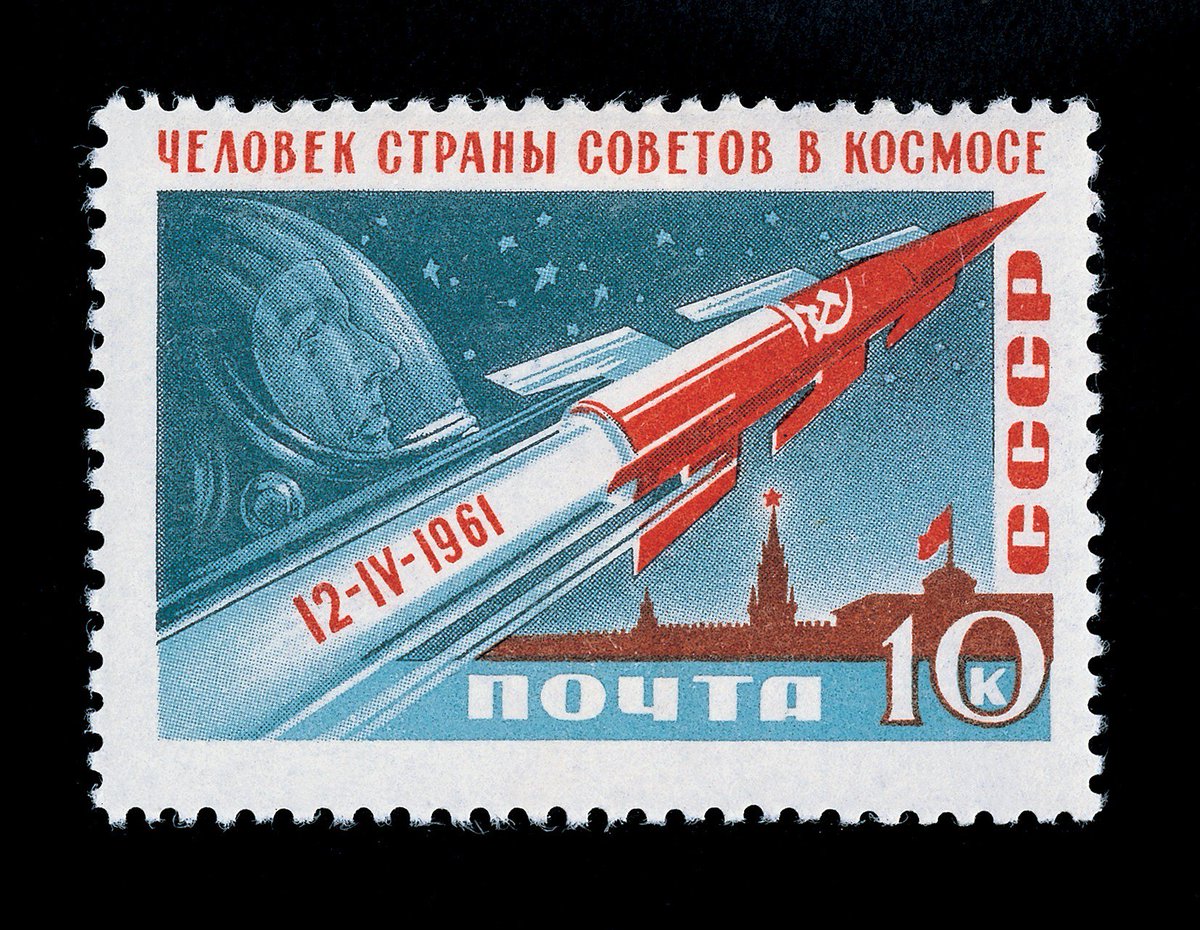
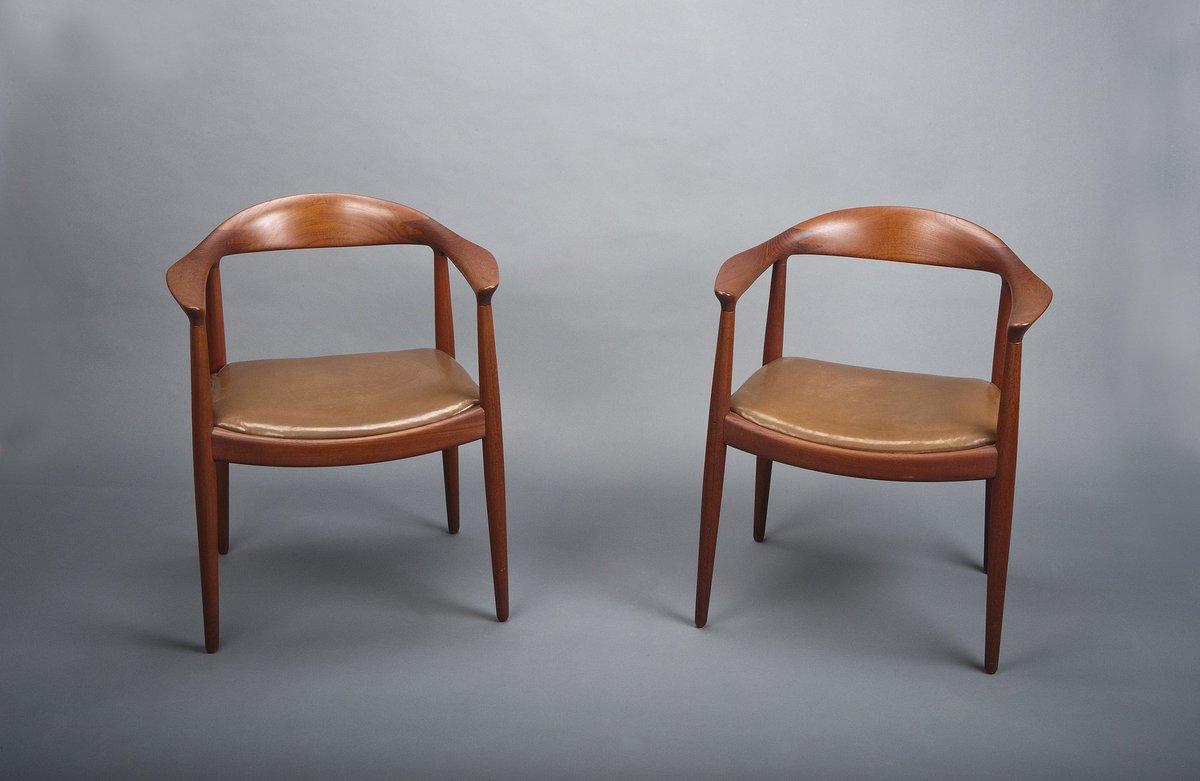
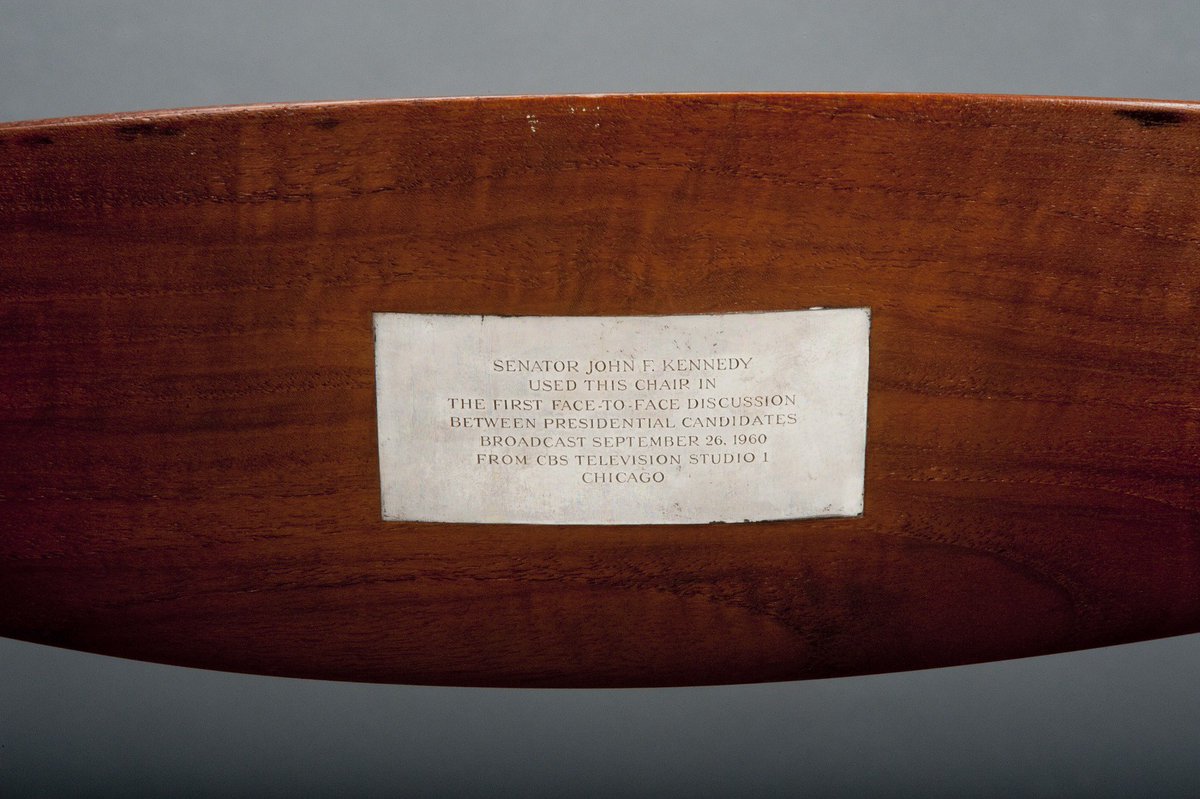
His spaceflight, three weeks after Gagarin's, proved that the U.S. was still a contender in the Space Race and that NASA's system to launch spacecraft was viable. #Apollo50
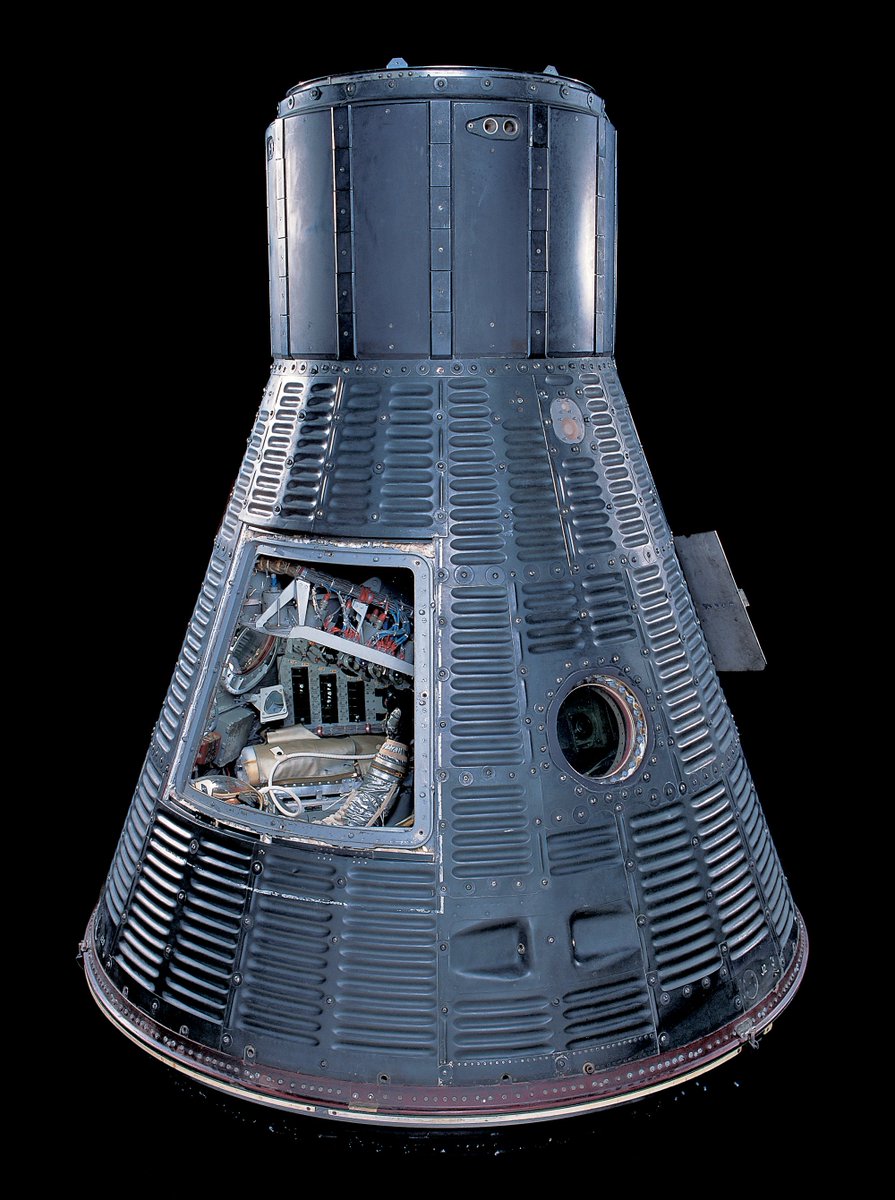
Photography would play a major role in future Apollo missions. #Apollo50
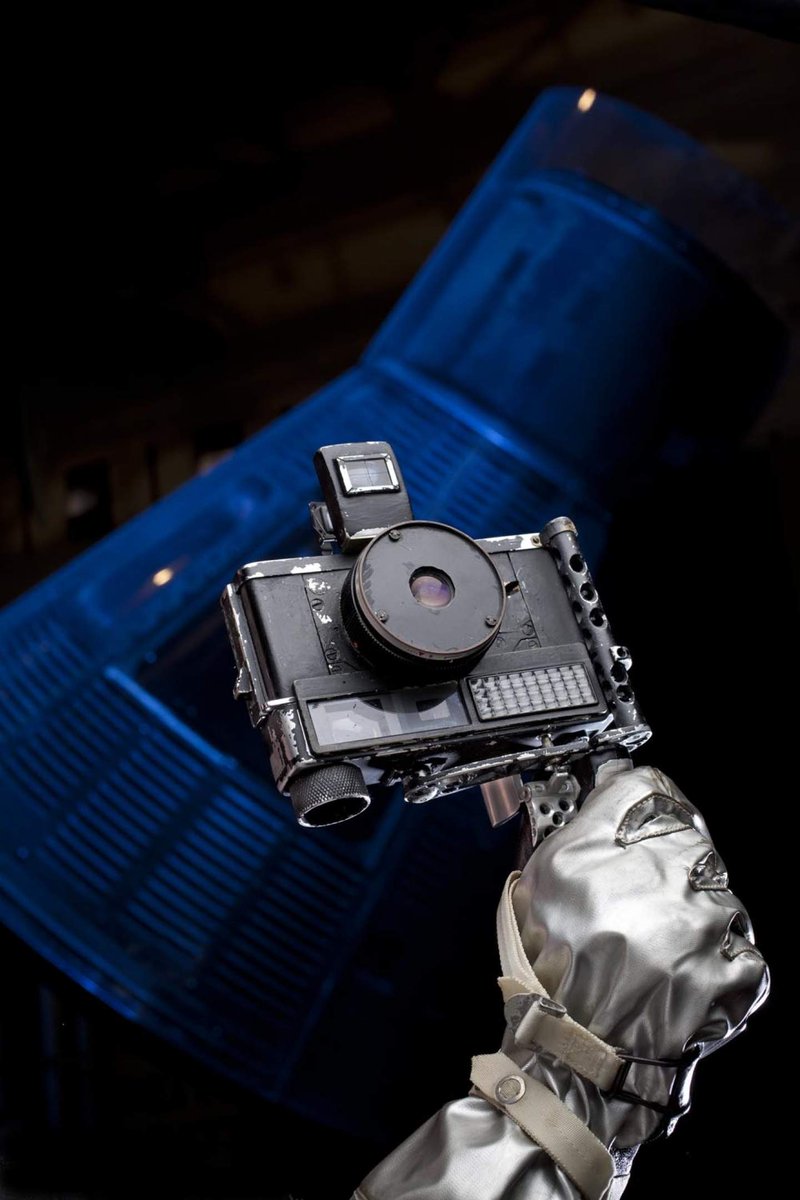
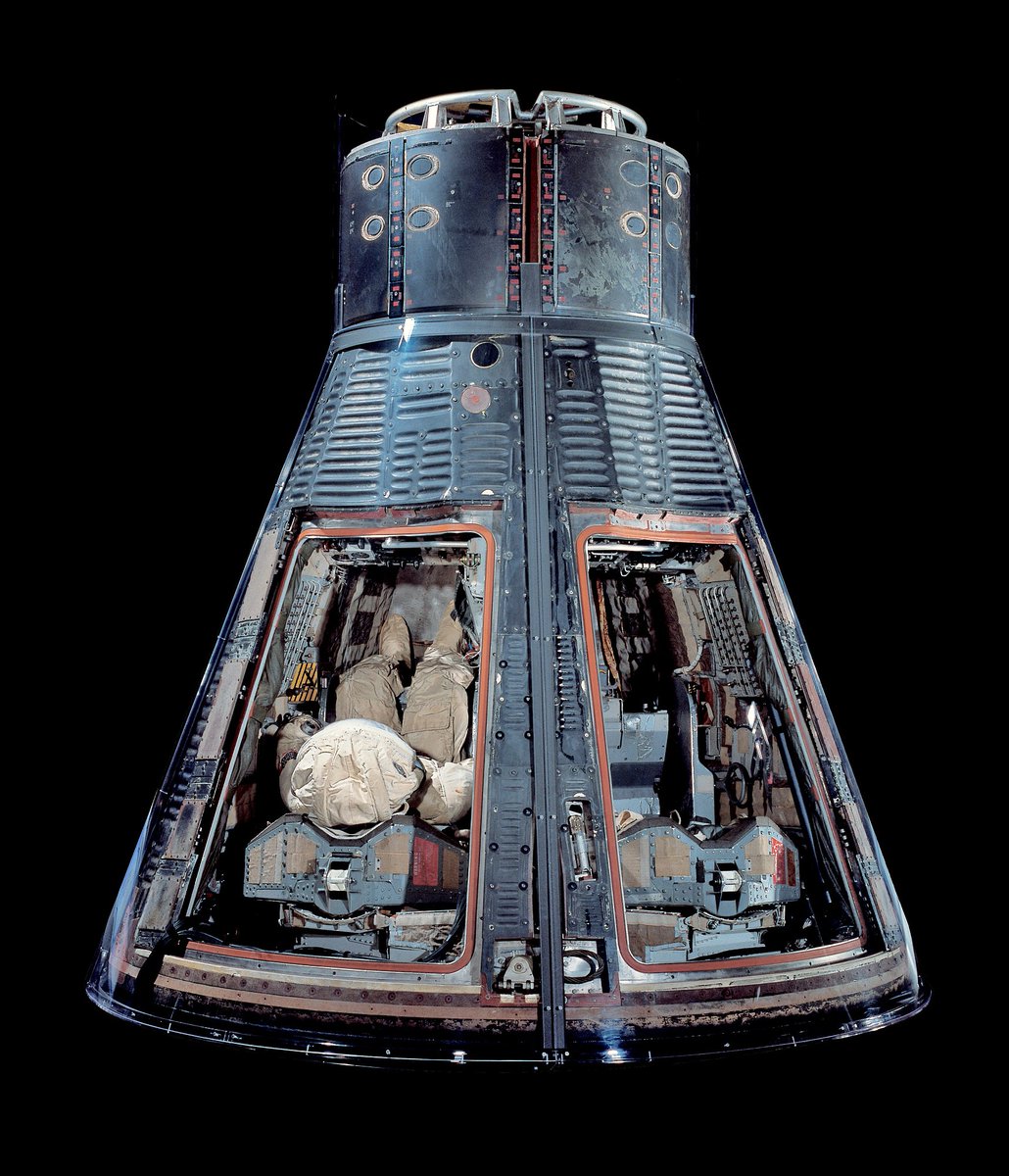

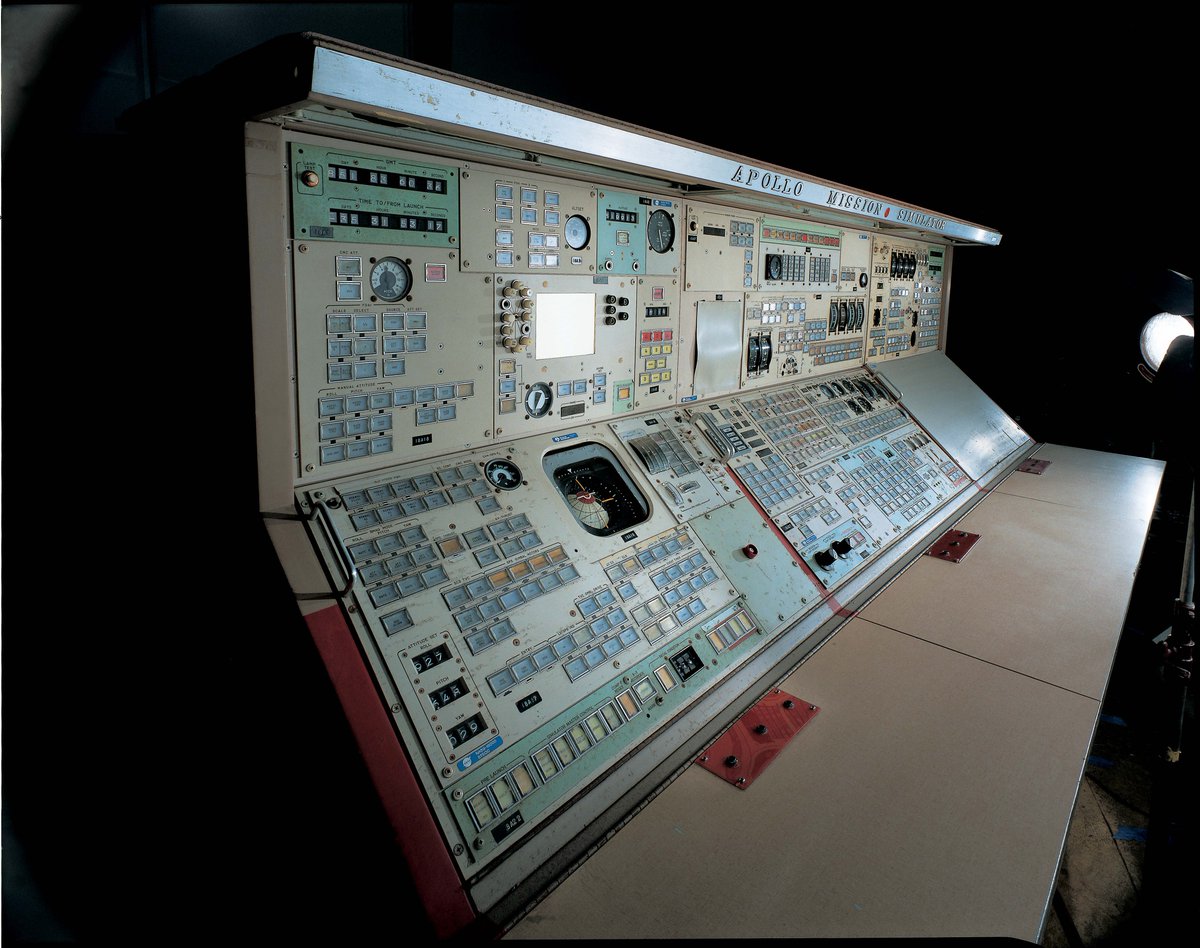
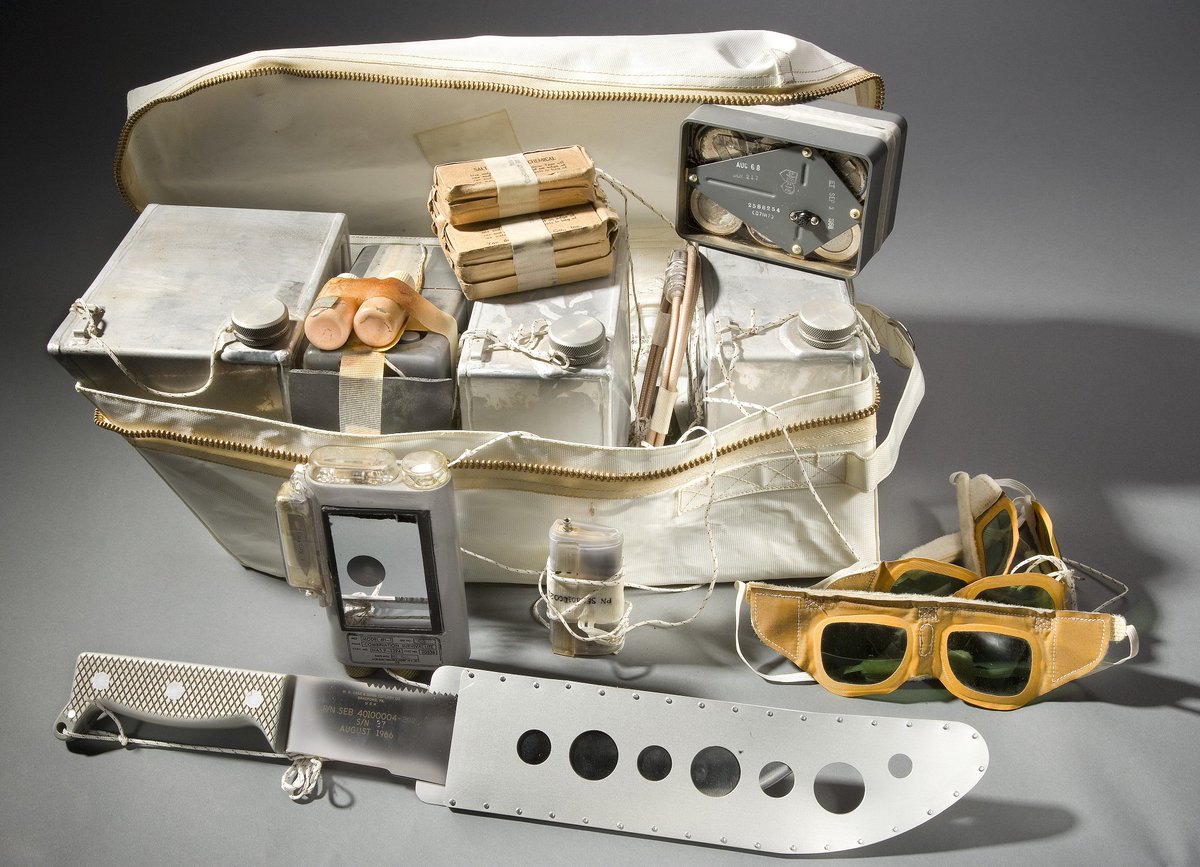
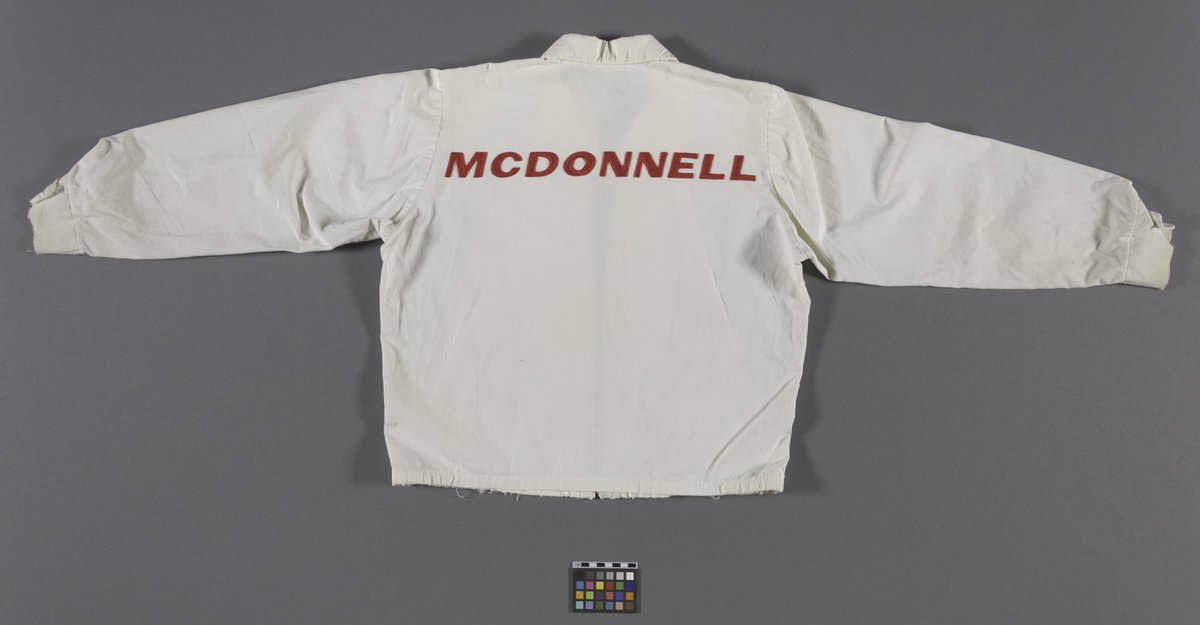
To lift the unprecedented payload of three space vehicles, NASA had to create an unprecedented rocket. This Saturn V Instrument Unit, the computerized brain of the towering rocket, is on display at the Udvar-Hazy Center: s.si.edu/2Zg4C8q #Apollo50
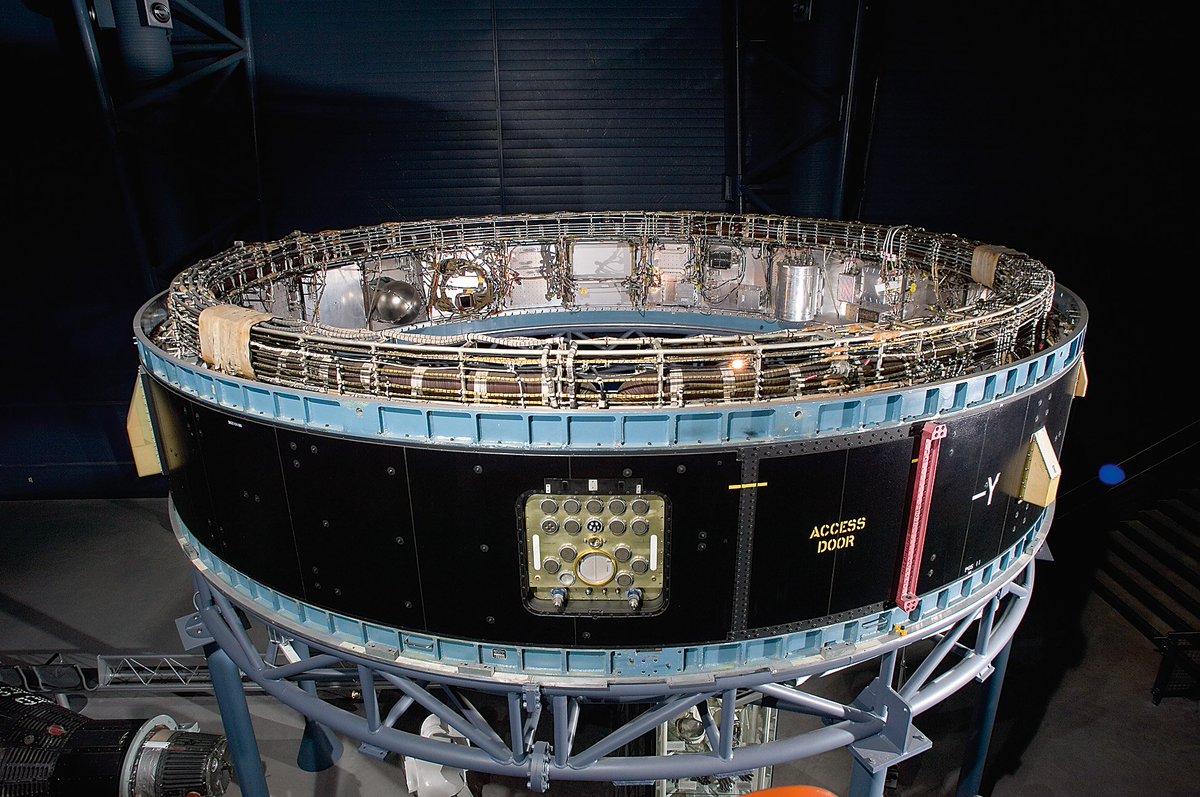

After a successful lunar landing in the LM, it was command module Columbia that brought the astronauts home: s.si.edu/2WrN5Iv #Apollo50 #AirSpacePhoto
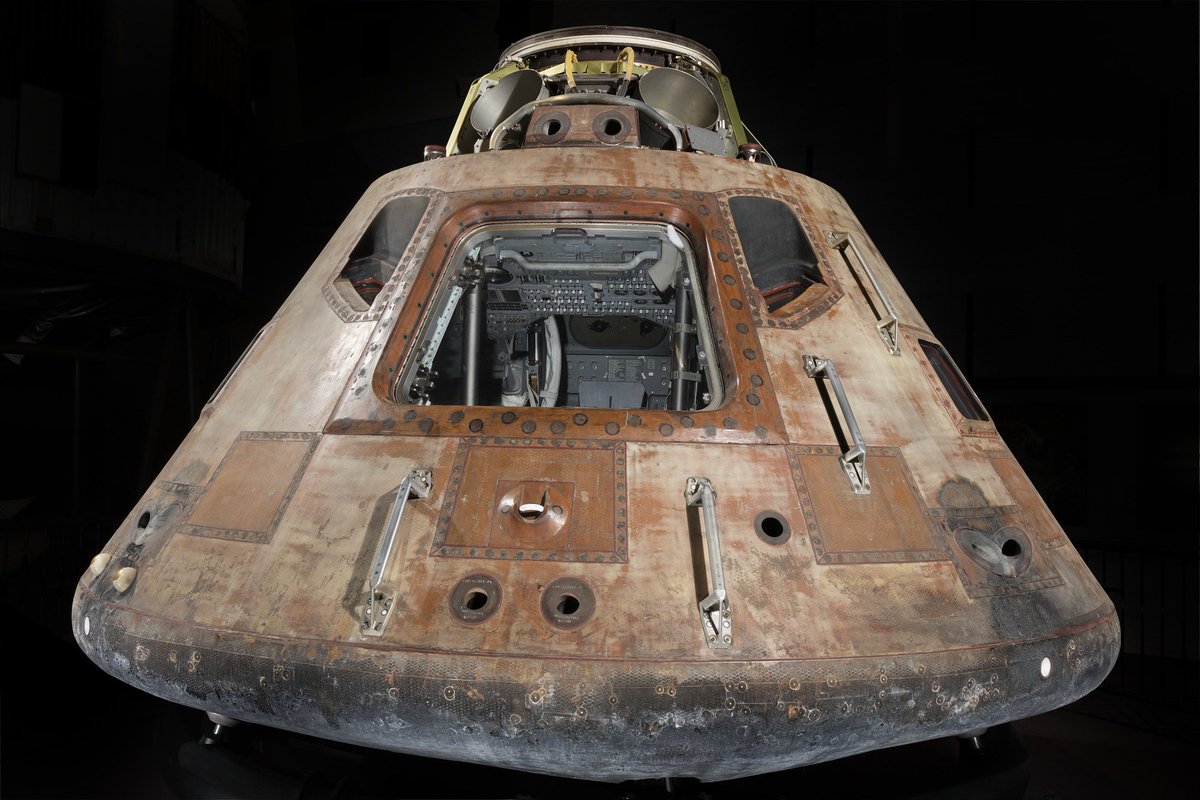
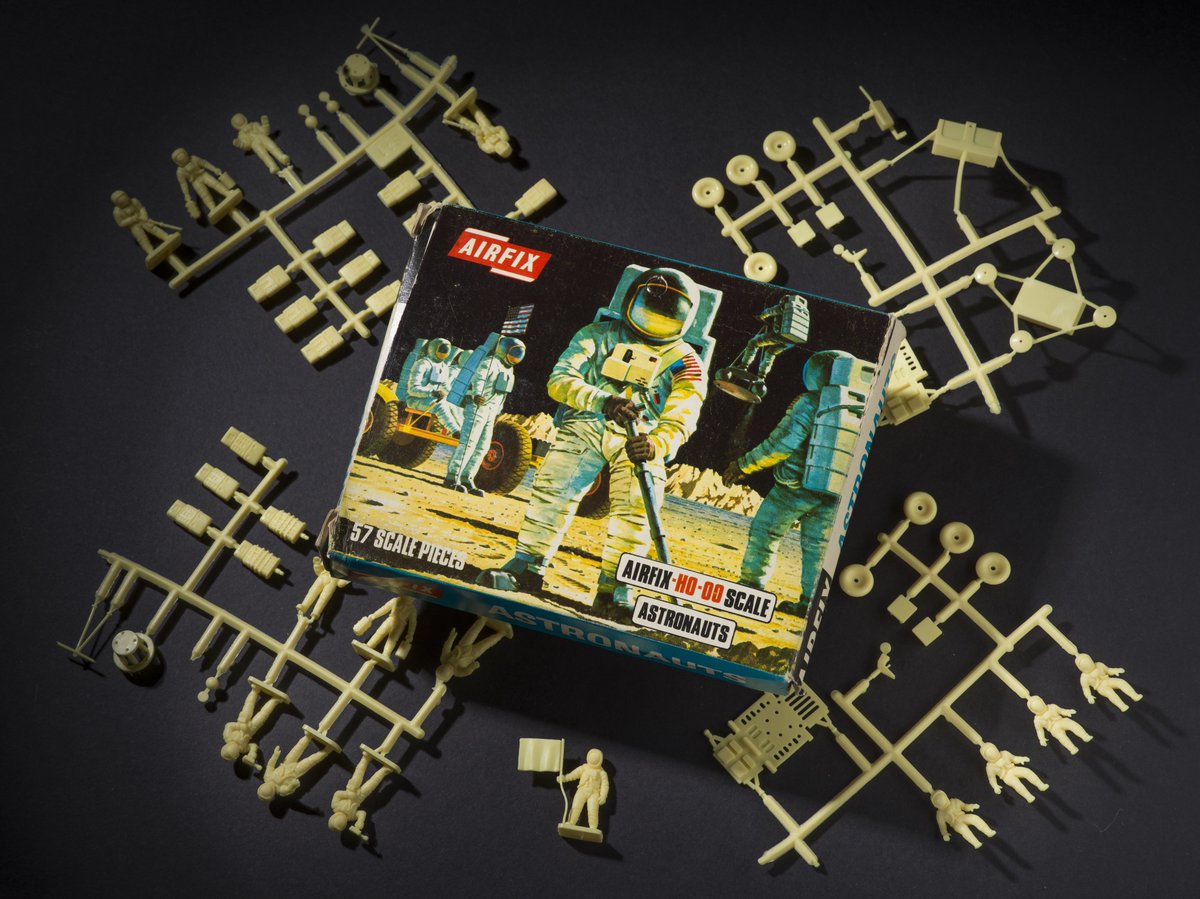
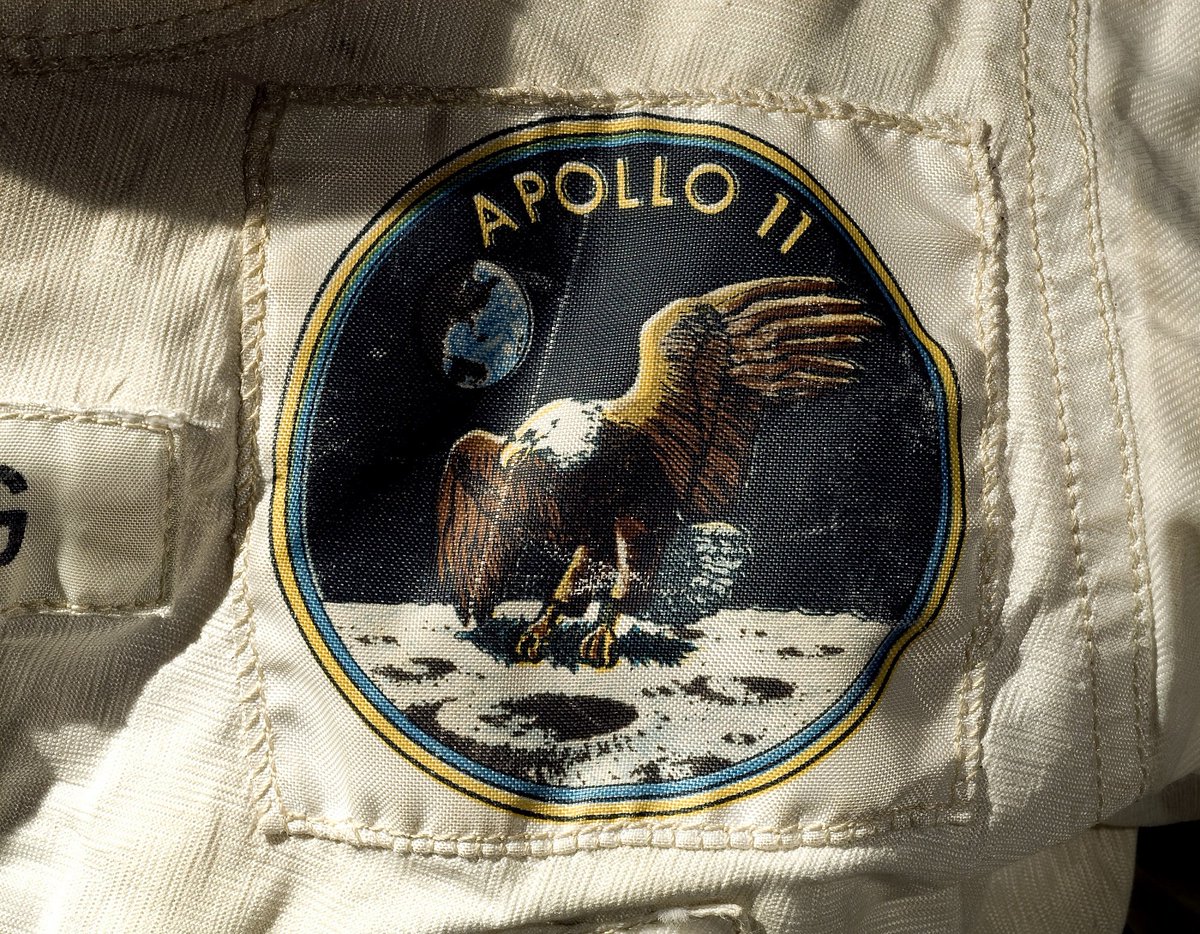

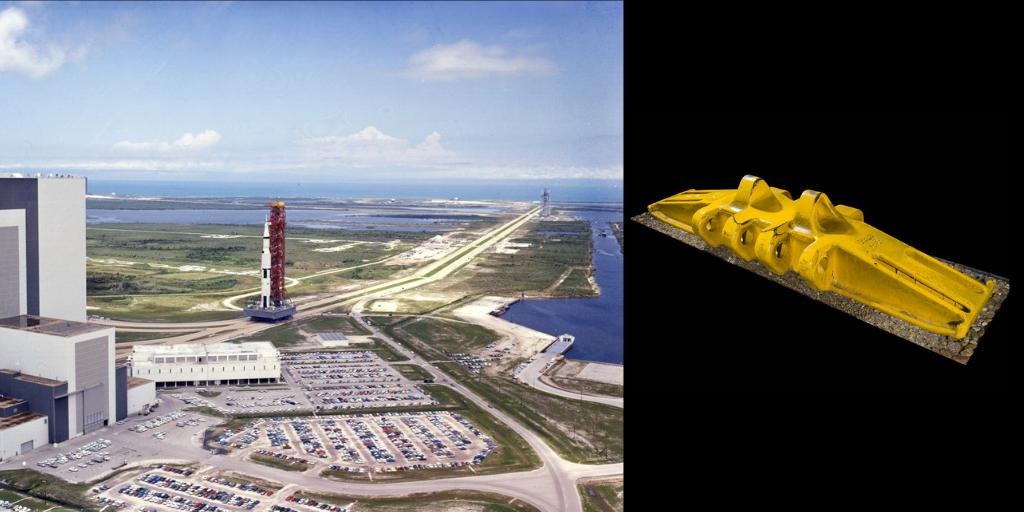
📷: This SCLC collection can is in @NMAAHC's collection.
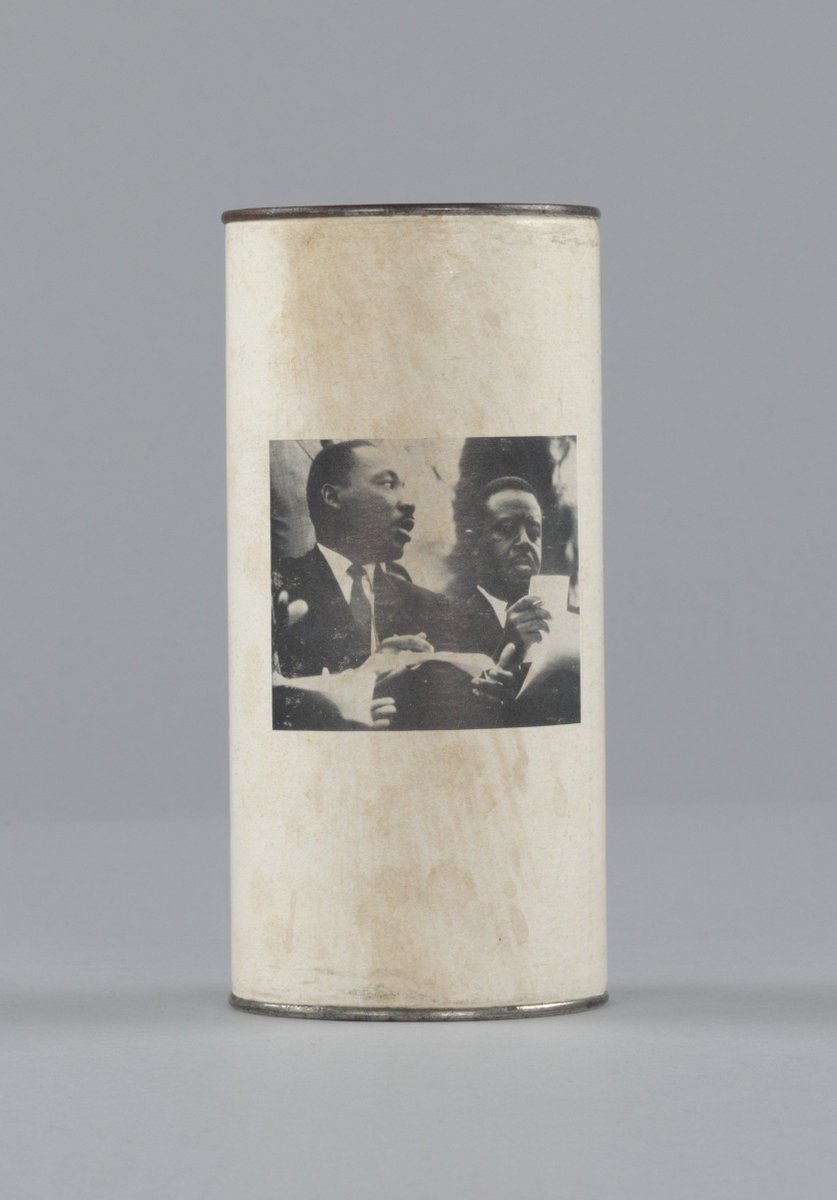
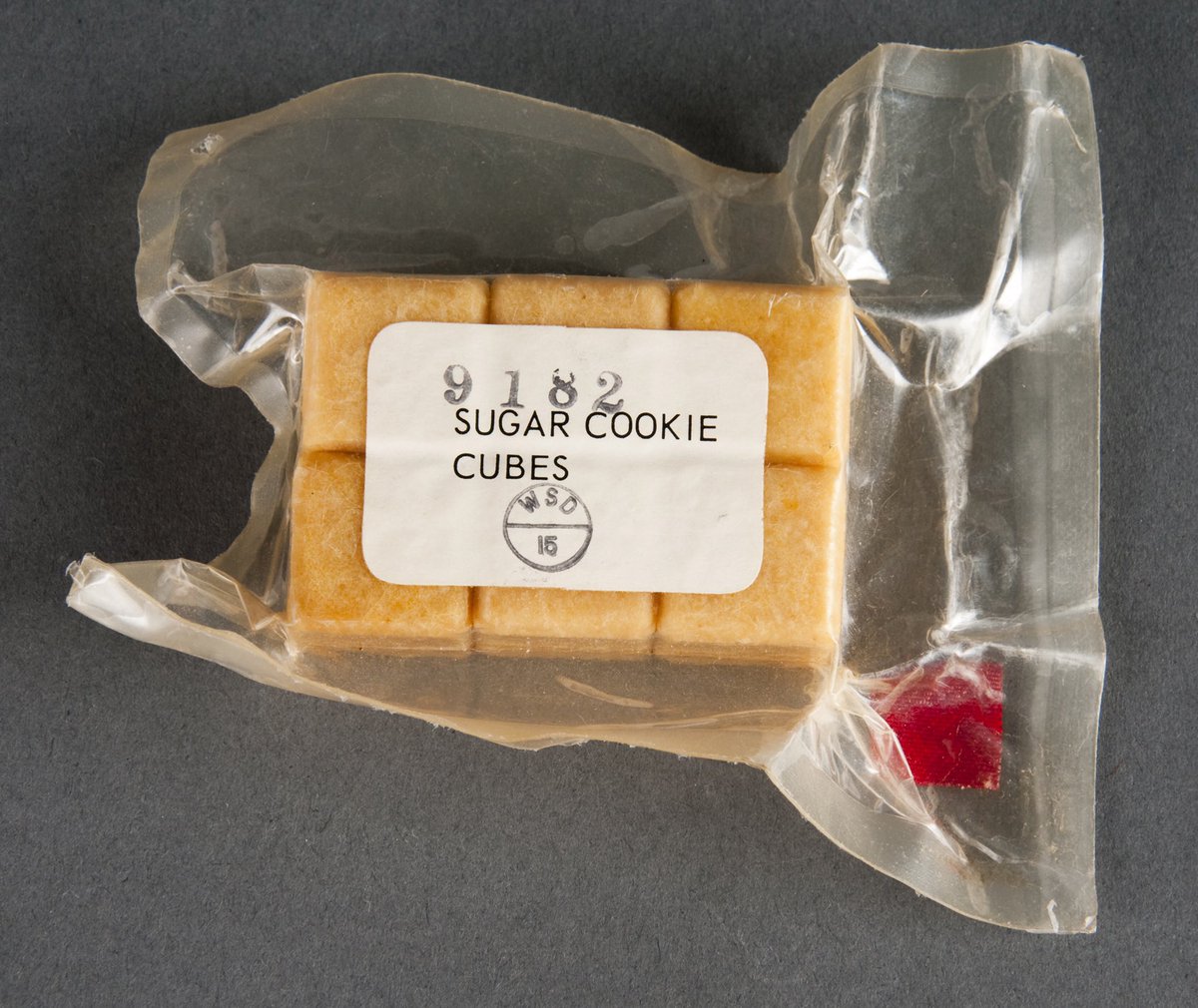
Collins used this razor & shaving cream during #Apollo11, but with no sink & limited water, it wasn't as easy as on Earth. s.si.edu/2RkLyCV #Apollo50
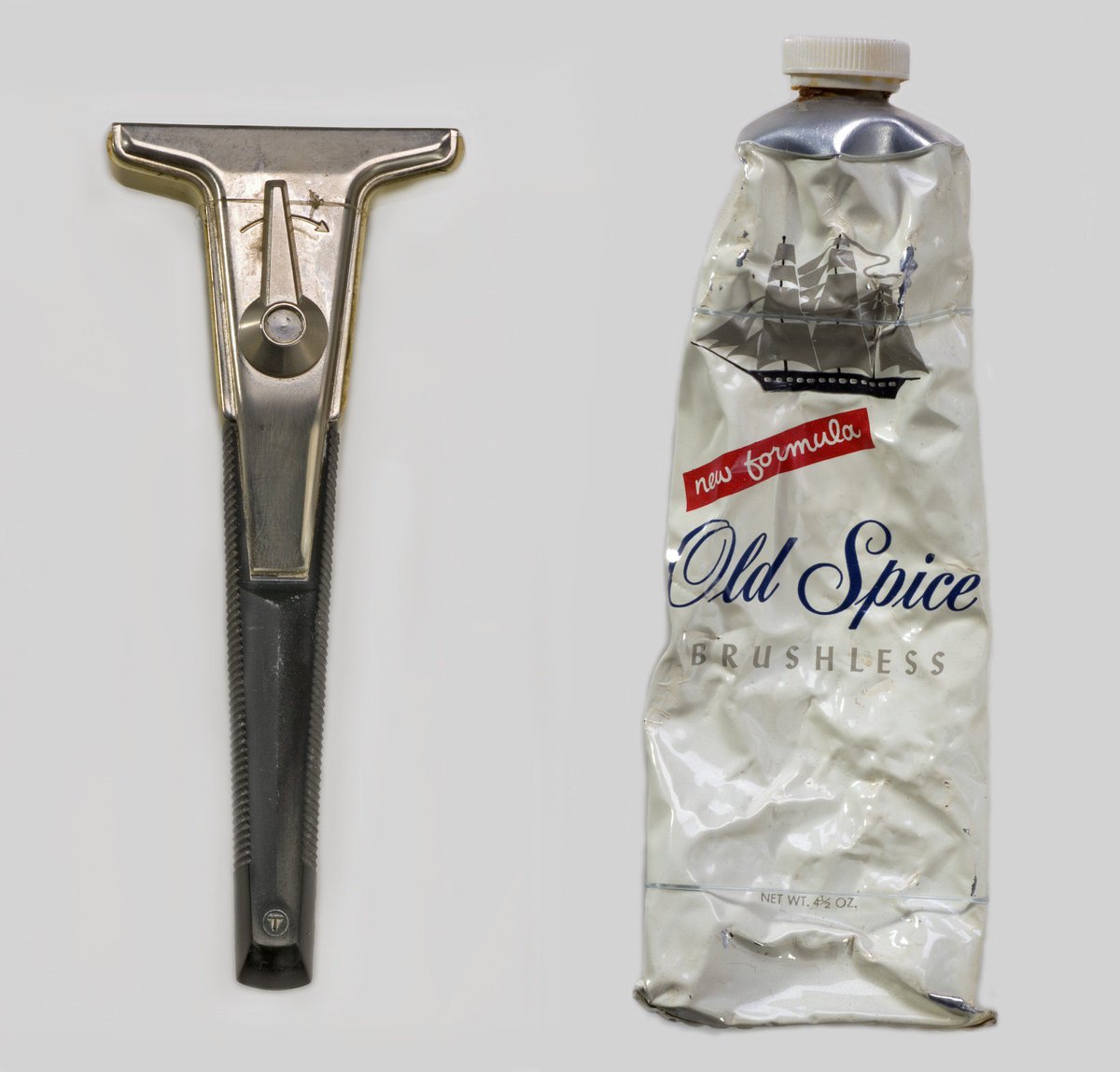
A small amount of urine was freeze-dried and stored for testing back on Earth. (The things we do for #science!) #Apollo50
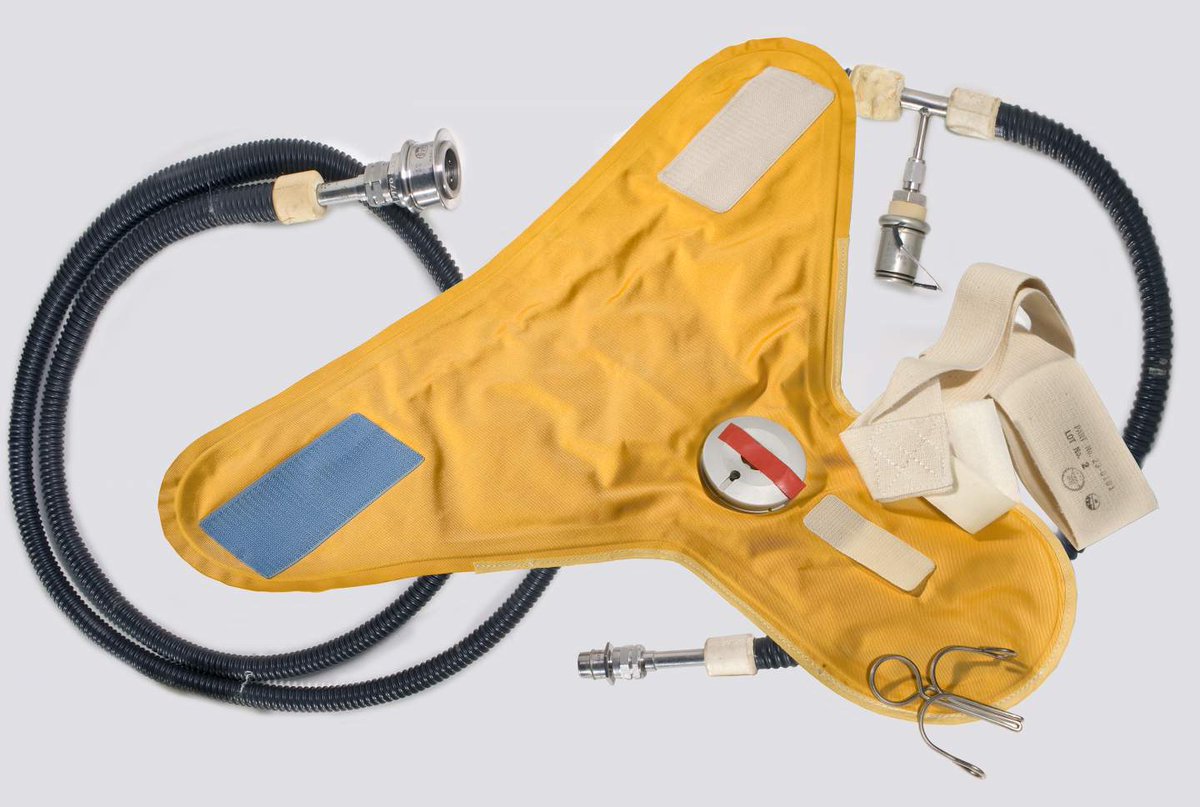
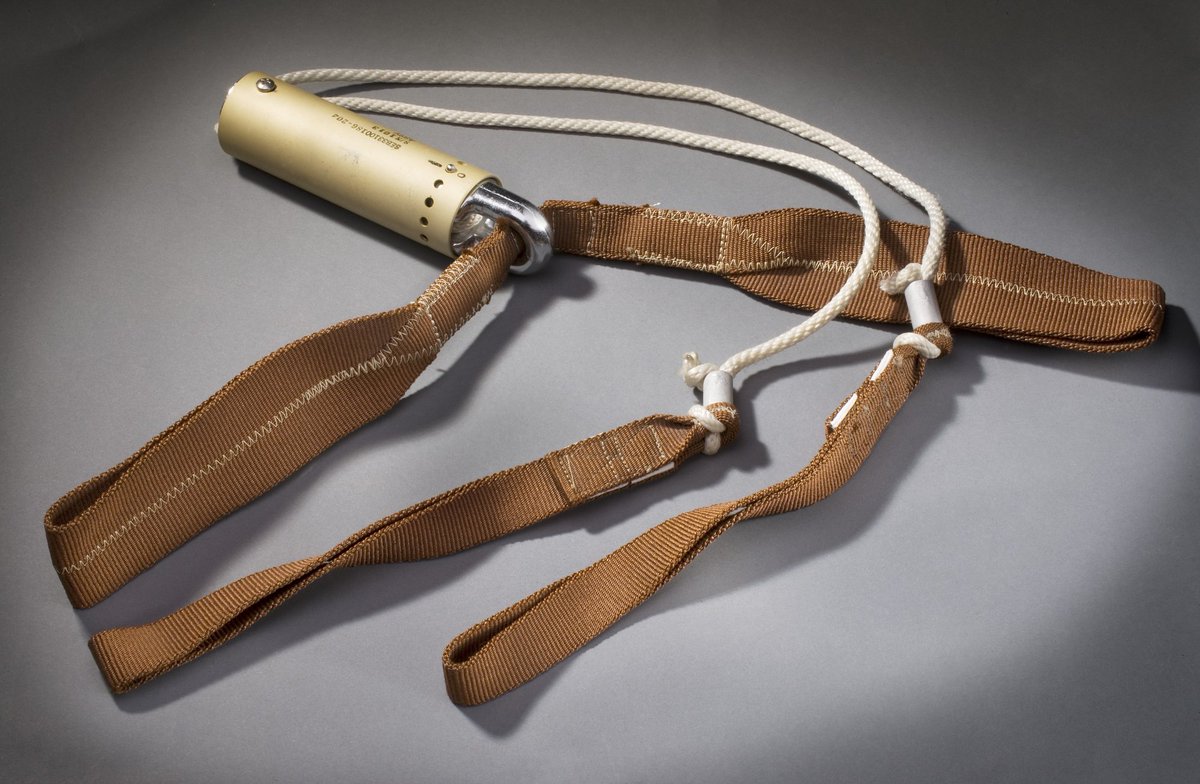


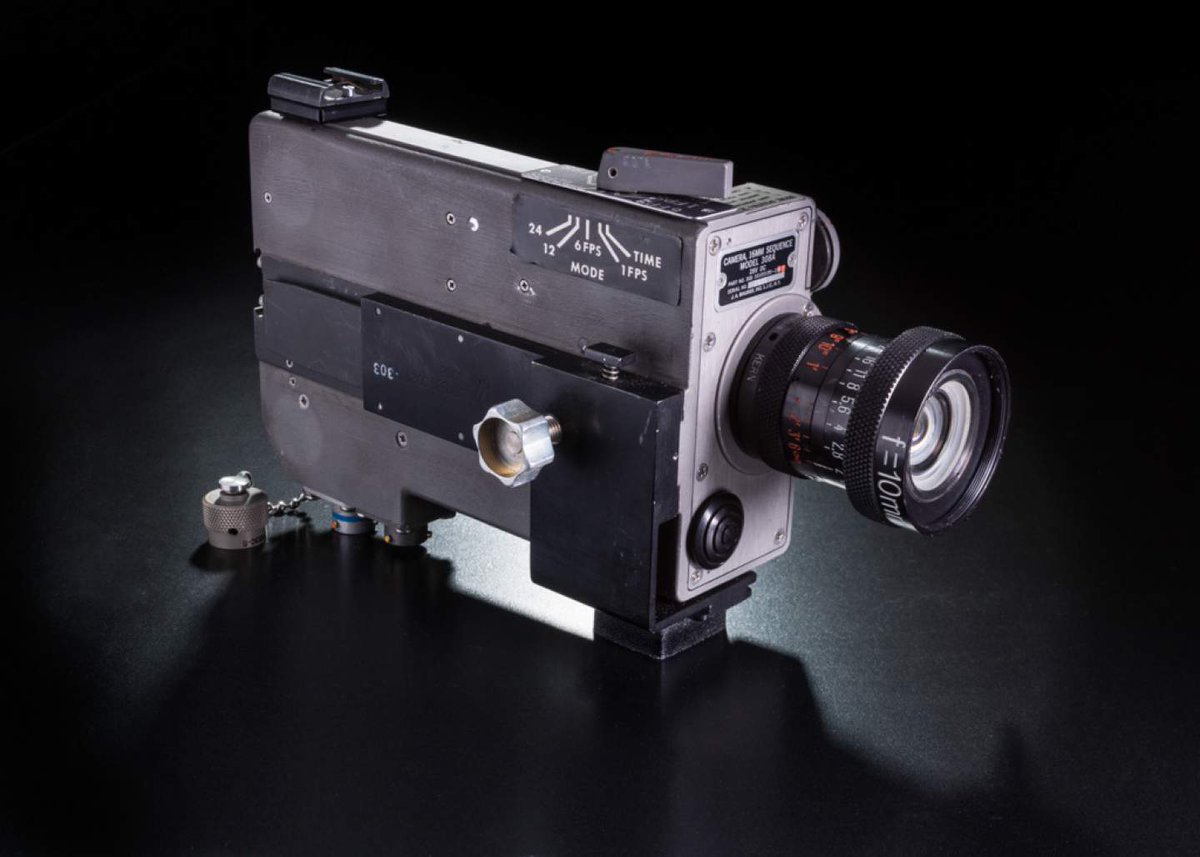
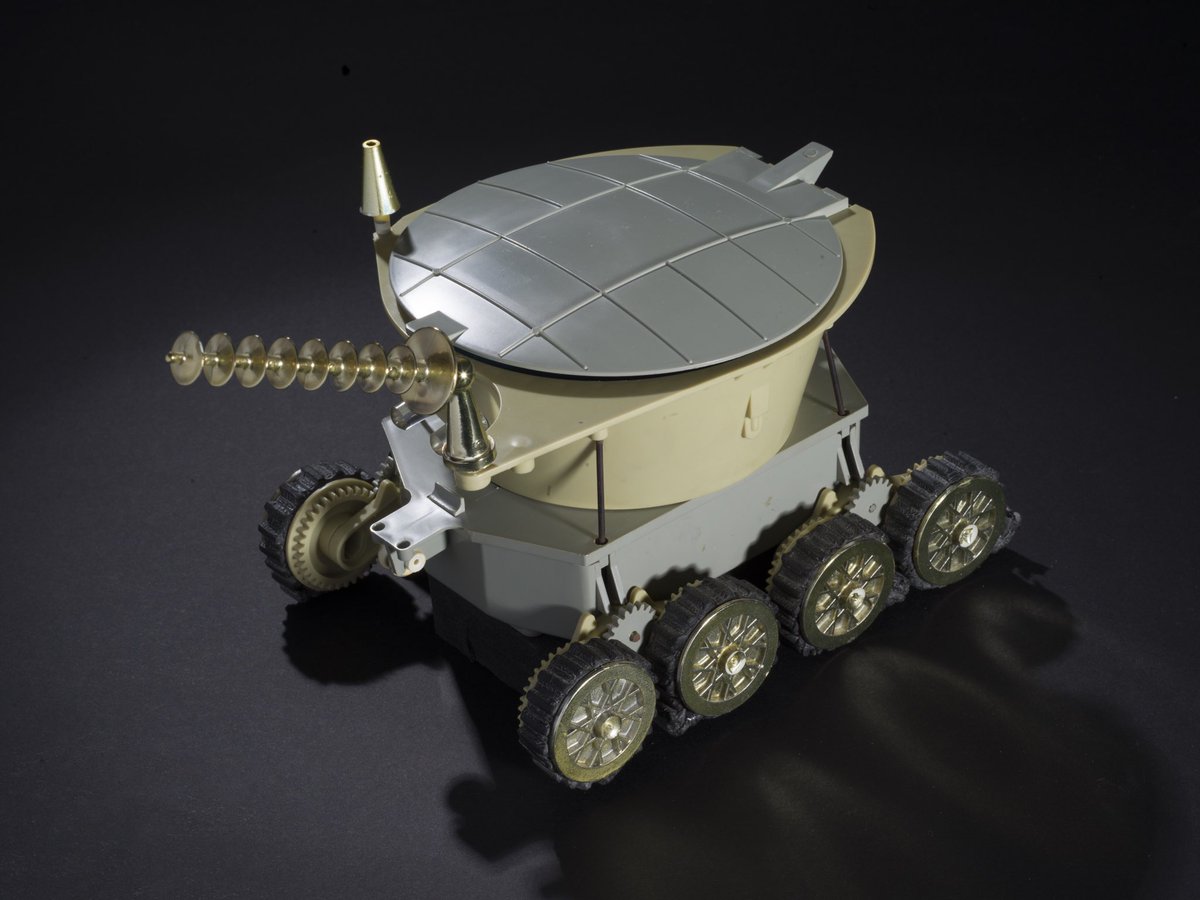
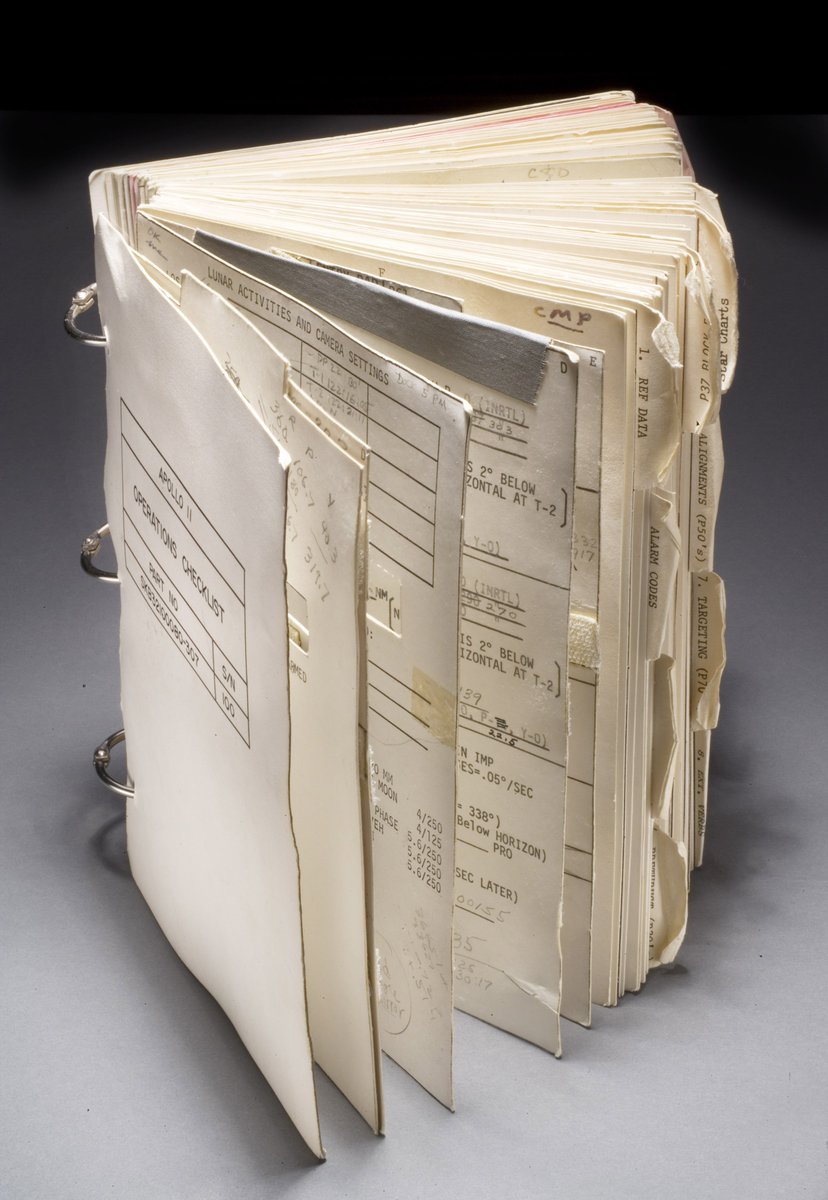
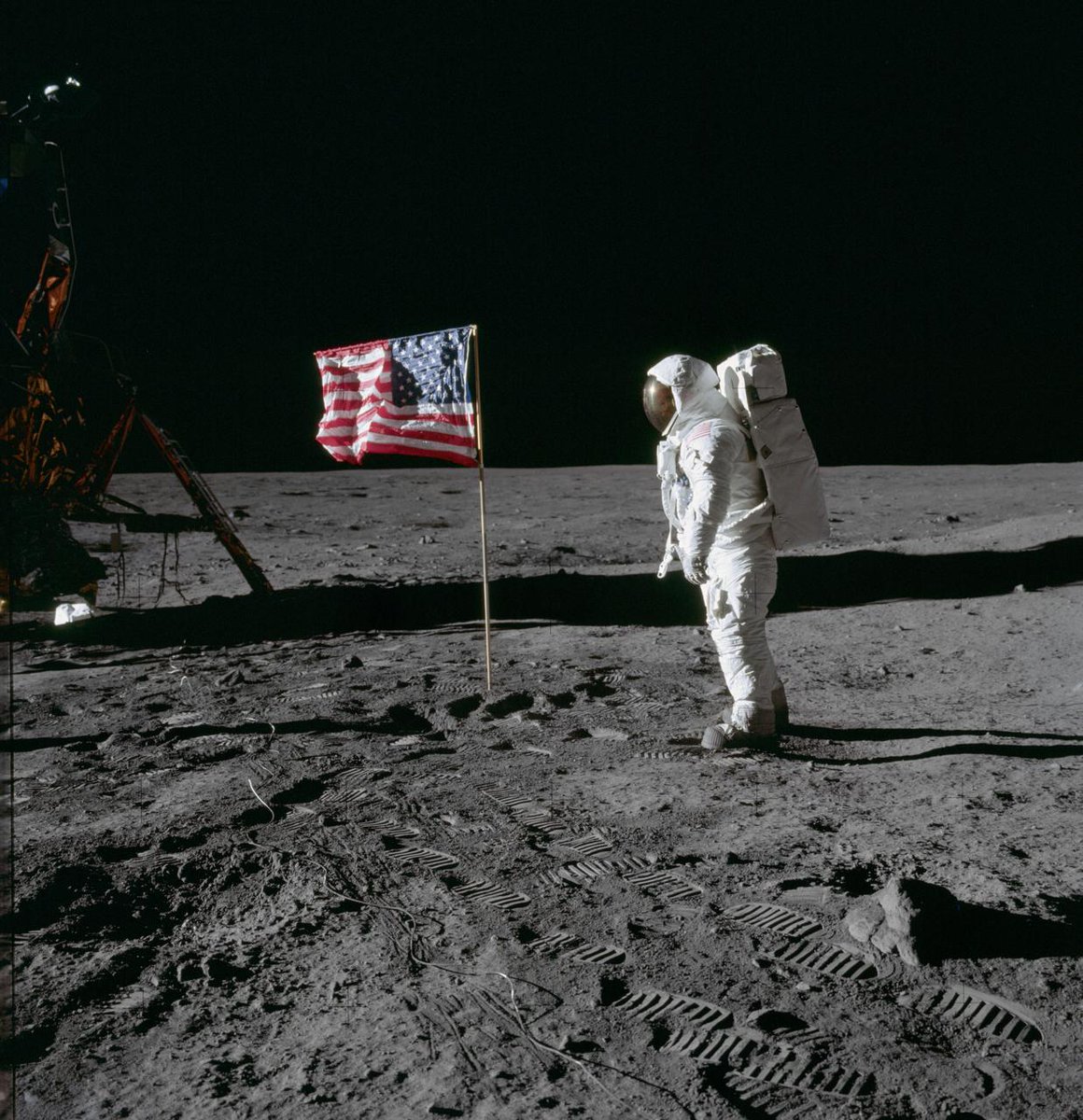
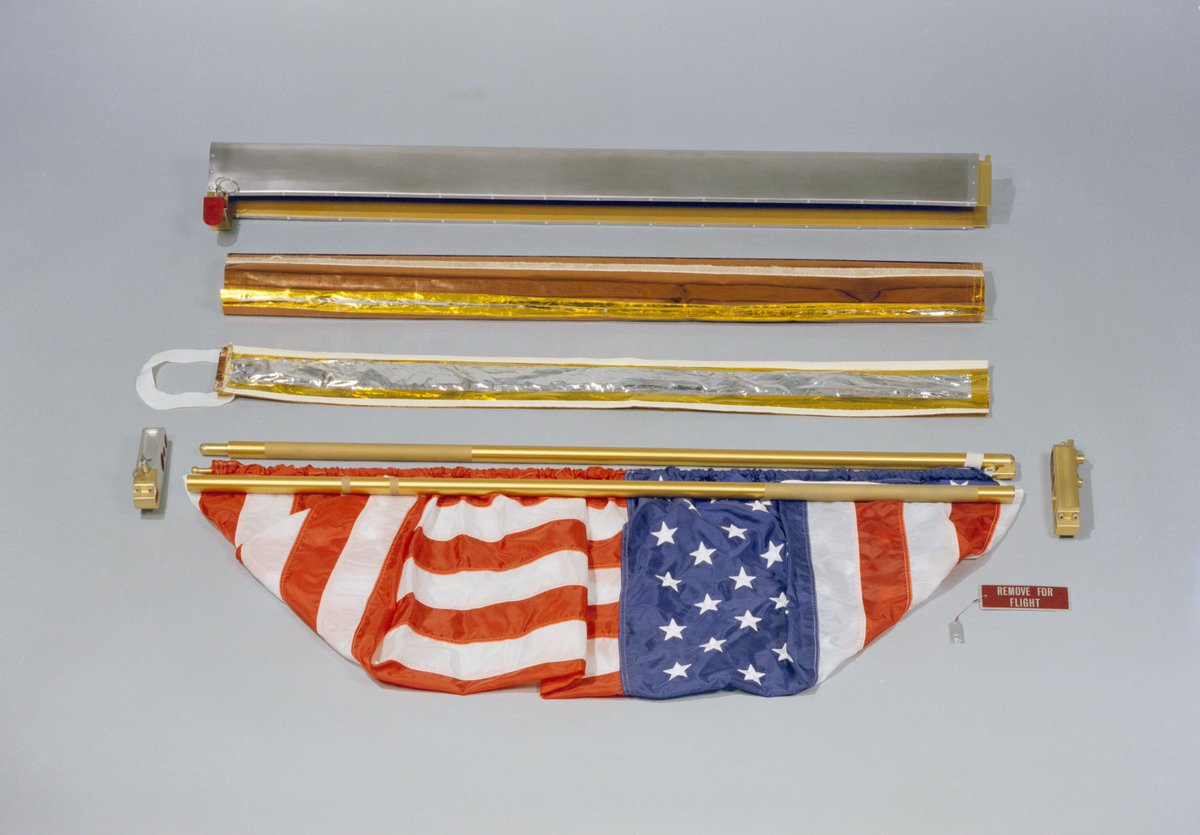
Let's fast forward to the last spacesuit to leave the Moon, worn by Apollo 17 astronaut Gene Cernan: s.si.edu/2X79gJg The most visible part of the suit, the outer layers, are made from Beta cloth, a wearable fiberglass. #Apollo50

